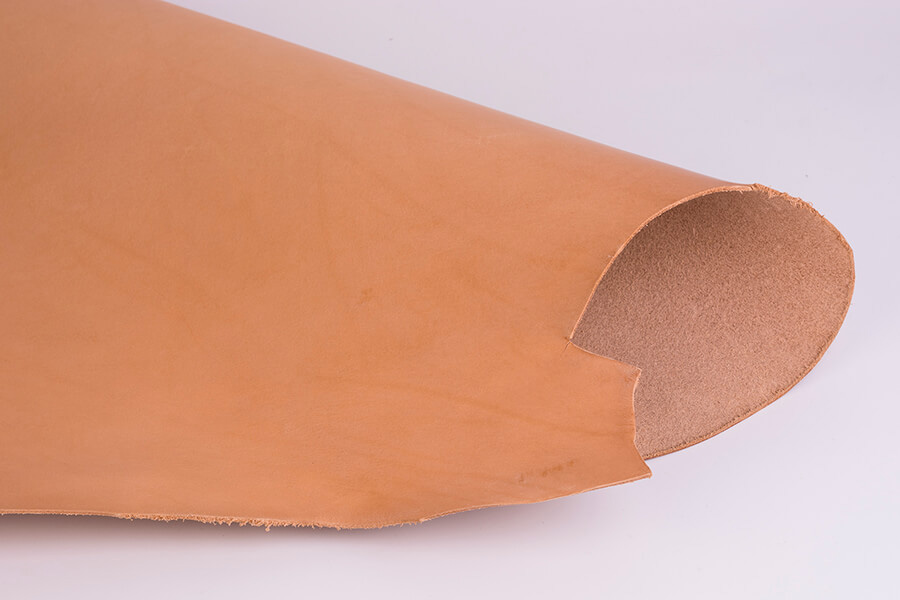Introduction:
Leather is a timeless material, renowned for its durability and versatility. Among the different types of leather, vegetable-tanned leather holds a special place due to its unique aging process. Unlike other varieties that wear out over time, vegetable-tanned leather develops a rich patina that enhances its appeal. This article delves into the captivating aging process of vegetable-tanned leather.
Understanding Vegetable Tanning:
Vegetable tanning is one of the oldest methods of converting raw hides into usable leather. It uses natural tannins found in tree bark, leaves, and plant-based substances. This traditional process is environmentally friendly, and it imparts the leather with unique characteristics, including the ability to age gracefully.
The Aging Process:
The aging of vegetable-tanned leather is a profound journey. When new, the leather has a pale, almost pinkish hue. But as it ages, it develops a rich, deep brown patina that tells a tale of its experiences. This transformation is not just aesthetic but also involves changes in the leather's texture and feel.
Exposure to Sunlight:
Sunlight plays an integral role in the aging process. The UV rays cause the leather to darken, a process known as 'sun tanning.' Over time, the leather develops a glossy surface, enhancing its aesthetic appeal.
Interaction with Oils:
Regular handling of vegetable-tanned leather results in the absorption of natural oils from our skin. These oils moisturize the leather, making its surface smoother and more supple. Over time, areas that are frequently touched darken, adding to the leather's character.
Effects of Time and Use:
The beauty of vegetable-tanned leather lies in its ability to reflect the passage of time and the history of its use. Every scratch, fold or mark becomes part of its evolving narrative, making each piece uniquely personal.
Conclusion:
Vegetable-tanned leather embodies the experience of our life. It matures over time, a rare material that actually improves with age and use. It is precisely these changes and personalization that testify to the naturalness of the product. The innate colors of the tannins give warm tones to the leather, which tend to intensify with the passage of time and daily use.


